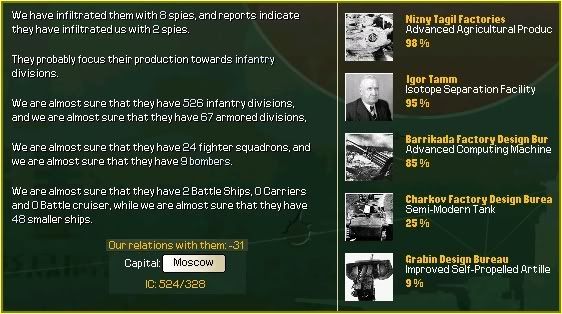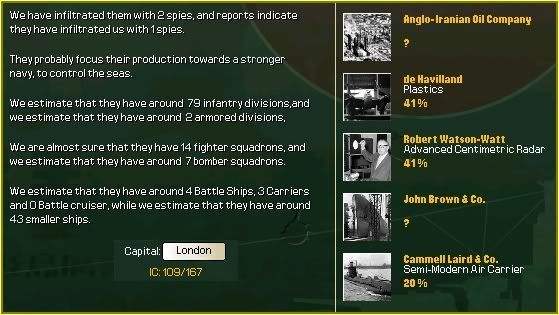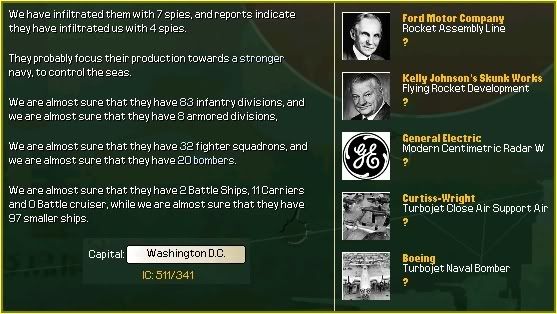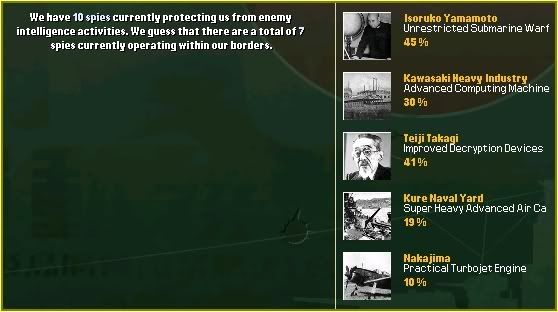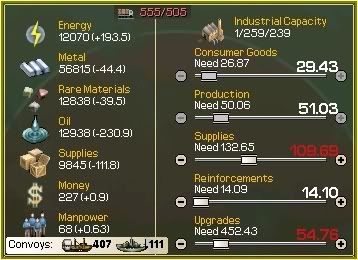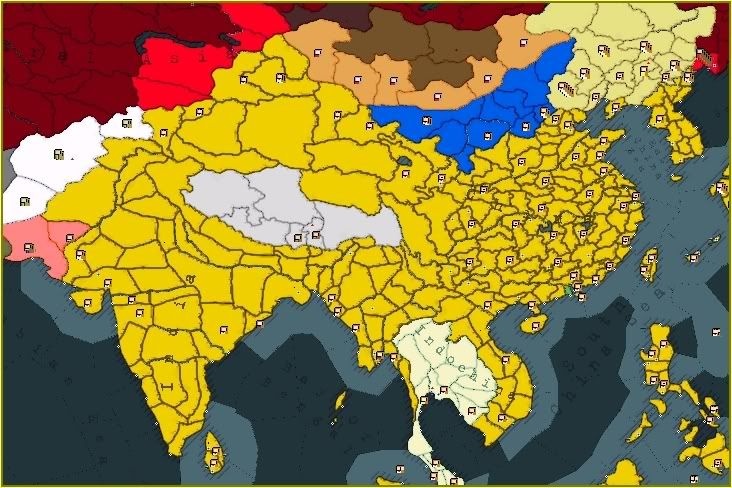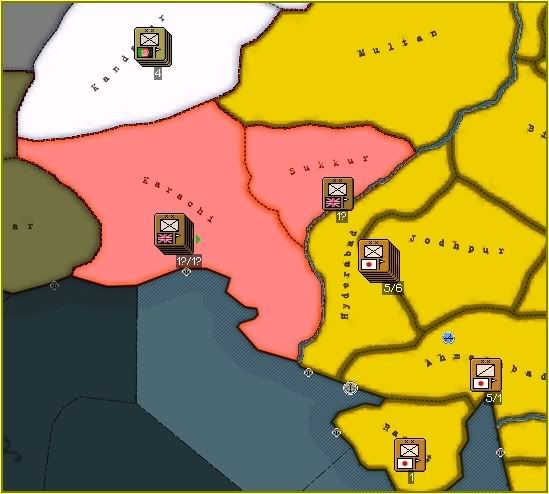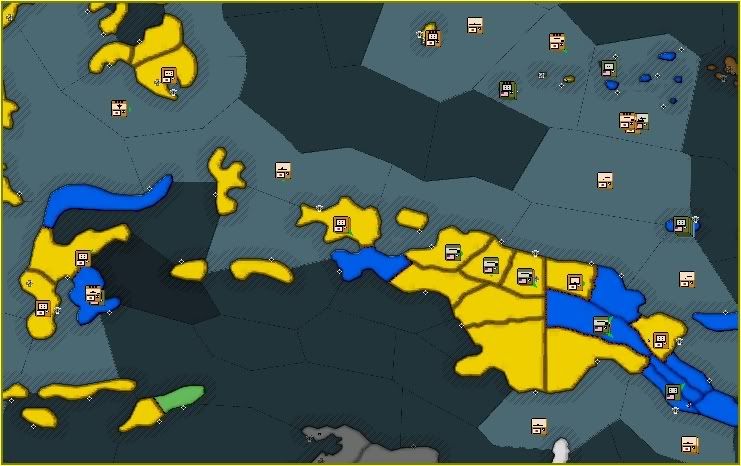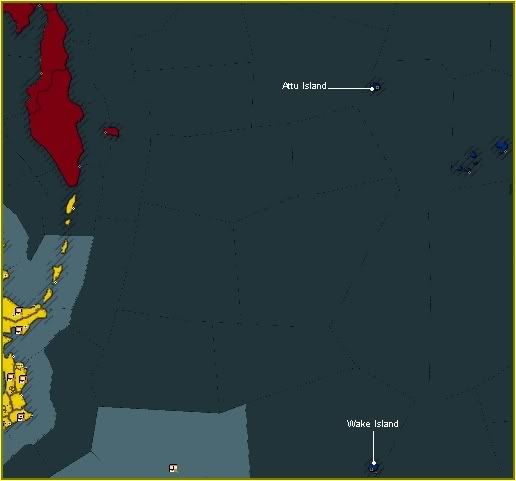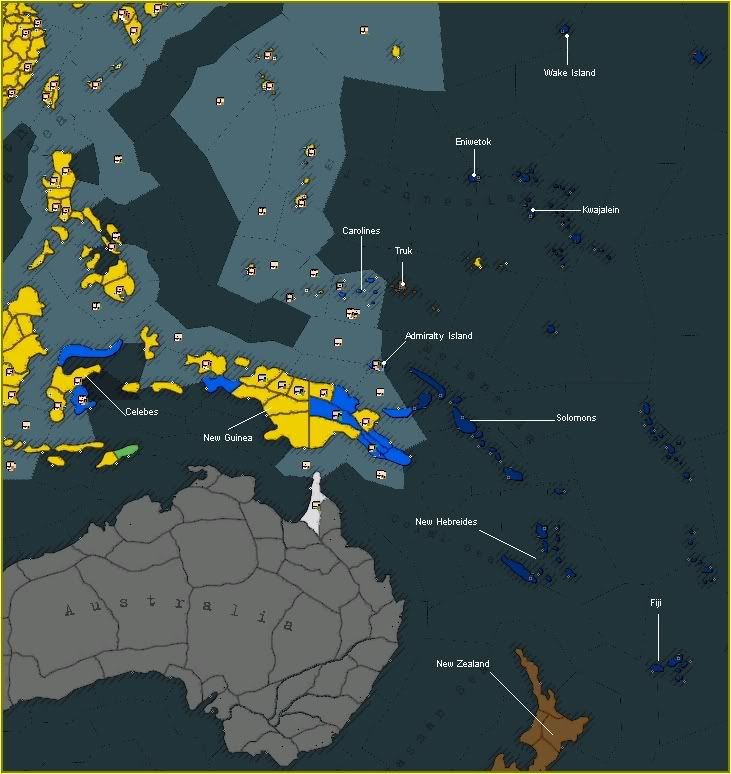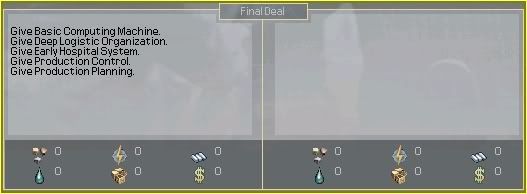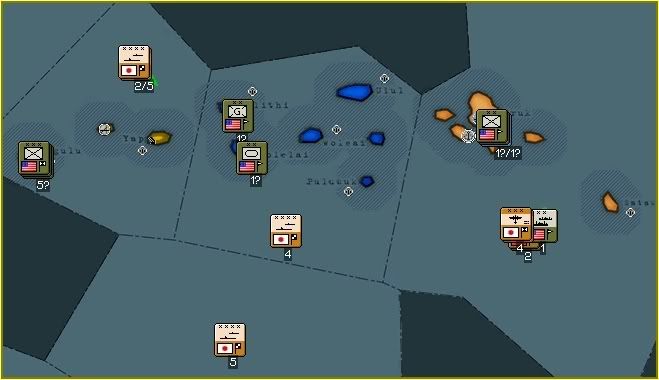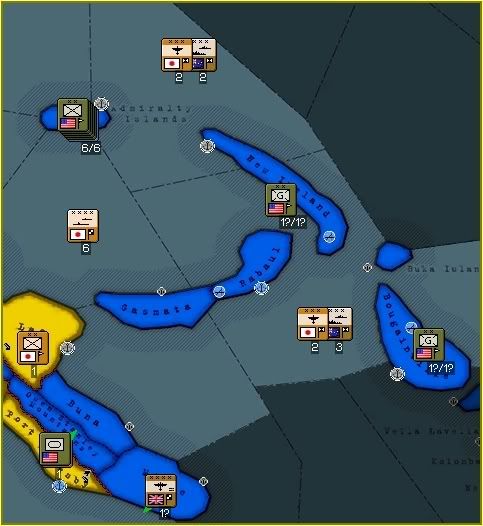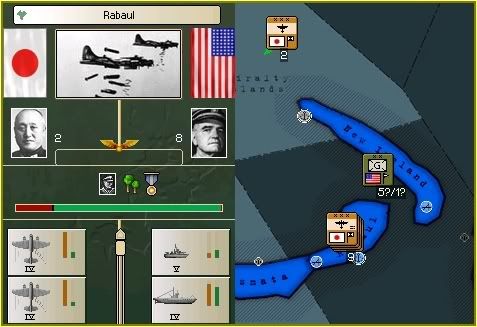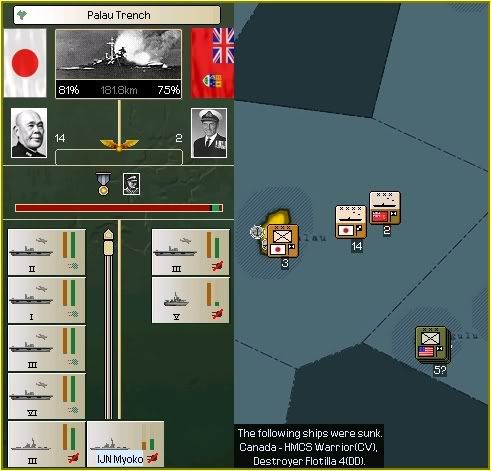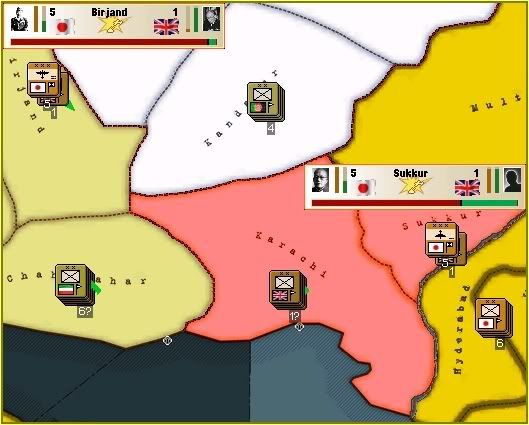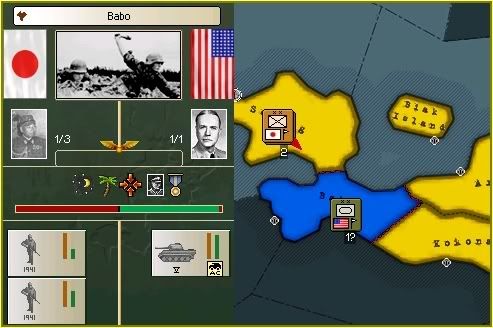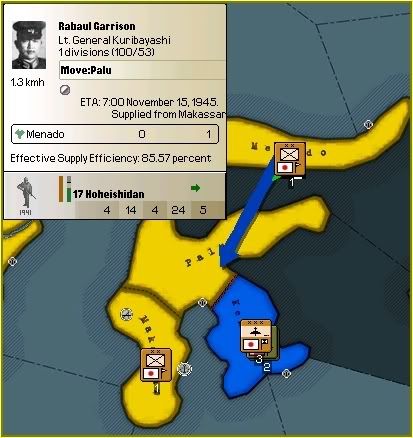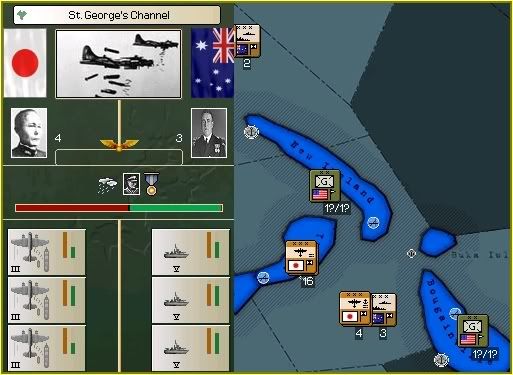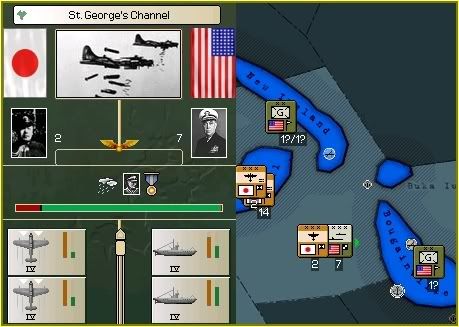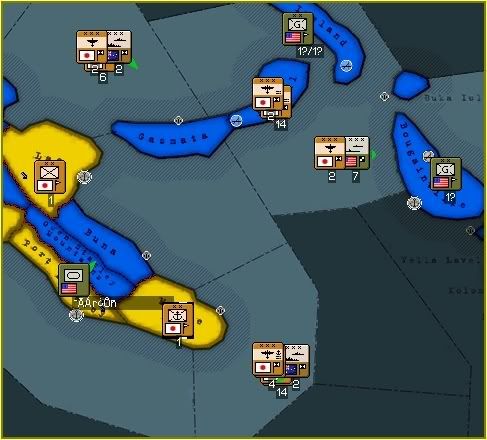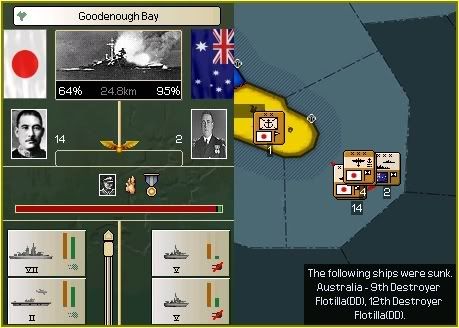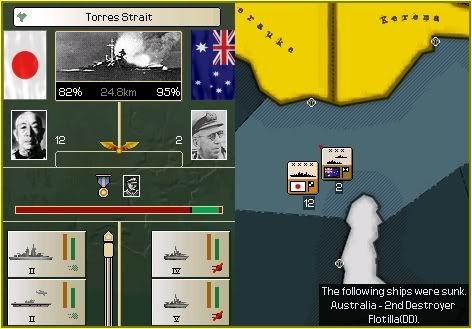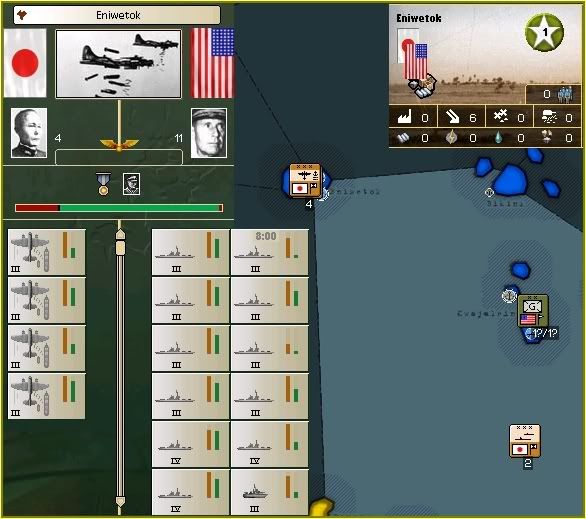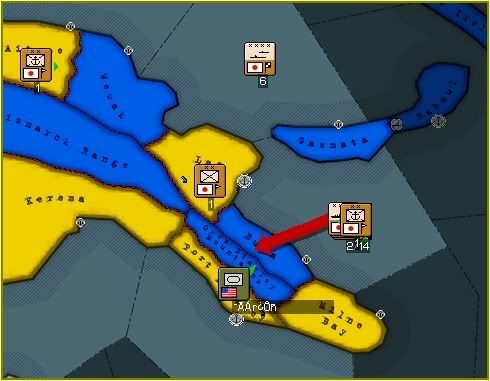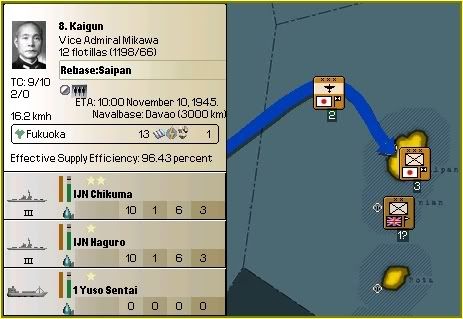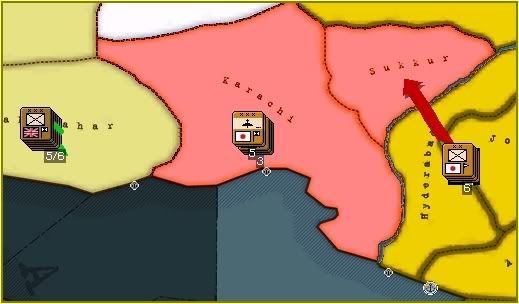Maj. von Mauser, rampagingmouse - Thank you. The British have more Battleships than the Americans now 
robou - The British aren't going anywhere. I have already destroyed too many of their troops for them to be any real threat.
Sokraates - Thanks. One thing has made this a lot easier than it could have been. No Soviet DoW. If they had DoW'd early then the USN would still be afloat and I would probably be going backwards in the Pacific without the full support of the airforce. As DvD-IT says it is probably possible to World Conquest but it will be very time consuming on this difficulty level and my TC will go through the roof without any garrisons.
Reado - An old lady and a handbag could stop the British in India
DvD-IT, intruder alert - Australia is an option but it also raises TC as a result of the partisan activity. I can actually see myself with something along the lines of 400% TC overload at some point. Imagine the load that the Soviet Union would place on TC without garrisons?
genbrad - My current infantry research is at 1943 model. This is the ideal one to use as the 1945 variant uses oil and I will not upgrade to that for some time if I do at all. The older infantry are mostly from my puppets with some even being 1918 model. The British don't have any aircraft that can bomb India very well which means they are destined to be blown apart as usual.
Ruodnane - Friendly fire is rare but can happen and does. I also had the same problems in my other AAR where one of my SHBB's nearly sank a Heavy Cruiser. A British Battleship got the kill but it did almost no damage.
thatguy is partially correct as to why it happens. Positioning is one factor but in my experience there is a second factor. I can't remember seeing friendly fire when I only have one fleet in operation in a battle. This means that multiple fleets seem to also be a huge factor in friendly fire incidents. This makes some sort of sense but the actual chances of ships shooting their own side are remote. Much more likely to happen to ground troops or aircraft but it never does in HoI.
Nathan Madien - Thanks. I hate walking across bad terrain and invasions are fairly quick.
Monthly update to follow ...
robou - The British aren't going anywhere. I have already destroyed too many of their troops for them to be any real threat.
Sokraates - Thanks. One thing has made this a lot easier than it could have been. No Soviet DoW. If they had DoW'd early then the USN would still be afloat and I would probably be going backwards in the Pacific without the full support of the airforce. As DvD-IT says it is probably possible to World Conquest but it will be very time consuming on this difficulty level and my TC will go through the roof without any garrisons.
Reado - An old lady and a handbag could stop the British in India
DvD-IT, intruder alert - Australia is an option but it also raises TC as a result of the partisan activity. I can actually see myself with something along the lines of 400% TC overload at some point. Imagine the load that the Soviet Union would place on TC without garrisons?
genbrad - My current infantry research is at 1943 model. This is the ideal one to use as the 1945 variant uses oil and I will not upgrade to that for some time if I do at all. The older infantry are mostly from my puppets with some even being 1918 model. The British don't have any aircraft that can bomb India very well which means they are destined to be blown apart as usual.
Ruodnane - Friendly fire is rare but can happen and does. I also had the same problems in my other AAR where one of my SHBB's nearly sank a Heavy Cruiser. A British Battleship got the kill but it did almost no damage.
thatguy is partially correct as to why it happens. Positioning is one factor but in my experience there is a second factor. I can't remember seeing friendly fire when I only have one fleet in operation in a battle. This means that multiple fleets seem to also be a huge factor in friendly fire incidents. This makes some sort of sense but the actual chances of ships shooting their own side are remote. Much more likely to happen to ground troops or aircraft but it never does in HoI.
Nathan Madien - Thanks. I hate walking across bad terrain and invasions are fairly quick.
Monthly update to follow ...


